Similarities:
Suprematism and Constructivism were two fascinating art movements that emerged in Russia during the early 20th century. They represented a rebellion against traditional art and were greatly influenced by the chaotic political climate of that era. Technological advancements, particularly industrialization, also played a significant role in shaping their designs. Both movements employed simple geometric shapes and abstract forms and believed in the transformative power of art and design to shape a better future.
However, Suprematism primarily focused on self-expression, spiritual exploration, and universal ideas, seeking a higher meaning in art. It focused mainly on simple shapes, and the reduction of any unnecessary elements. It usually excluded typography and only used black, white, and primary colors. In contrast, Constructivism emphasized practicality, functionality, and the creation of designs for everyday life, and was a tool for the promotion of a socialist society. It deemed Suprematism’s self expression meaningless and focused on the practical aspects of design. Whilte it was geometric, it was not as minimal, and used more colors and photography.
Examples of Suprematism

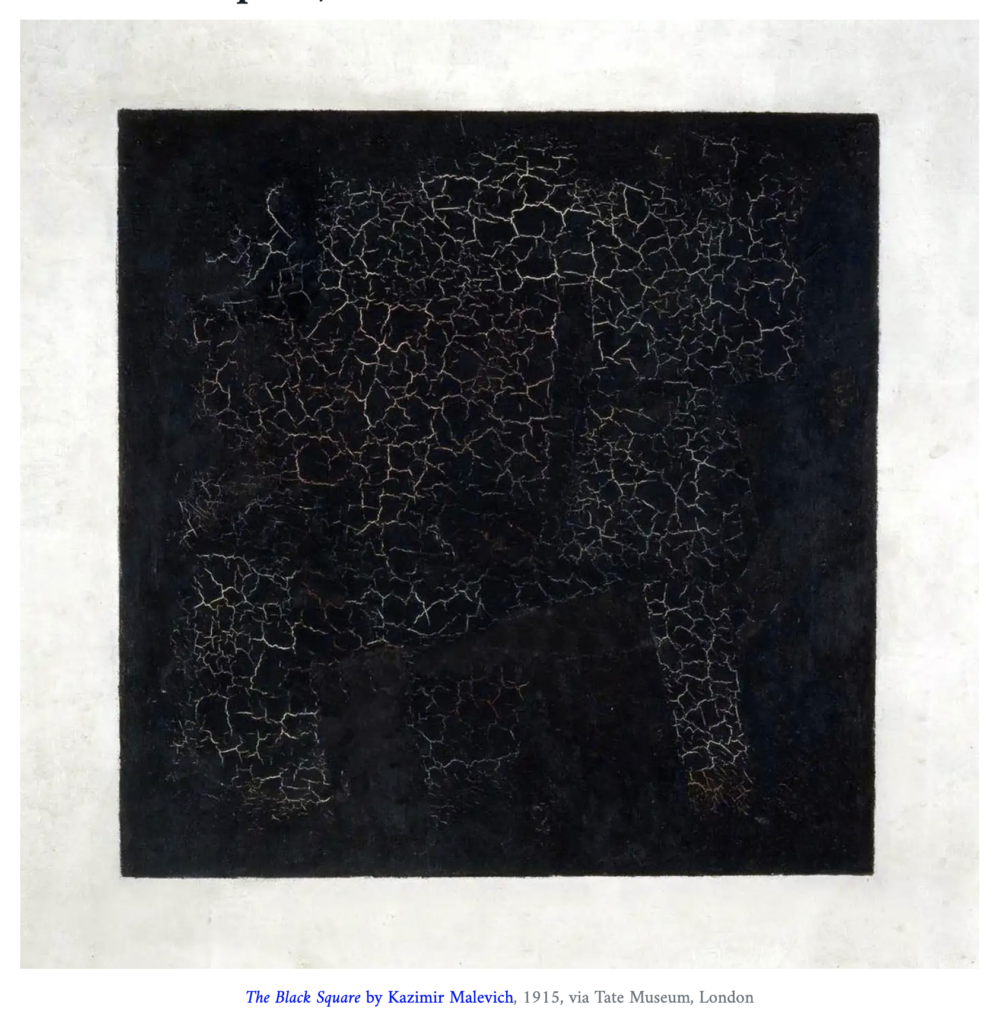
Examples of Constructivism
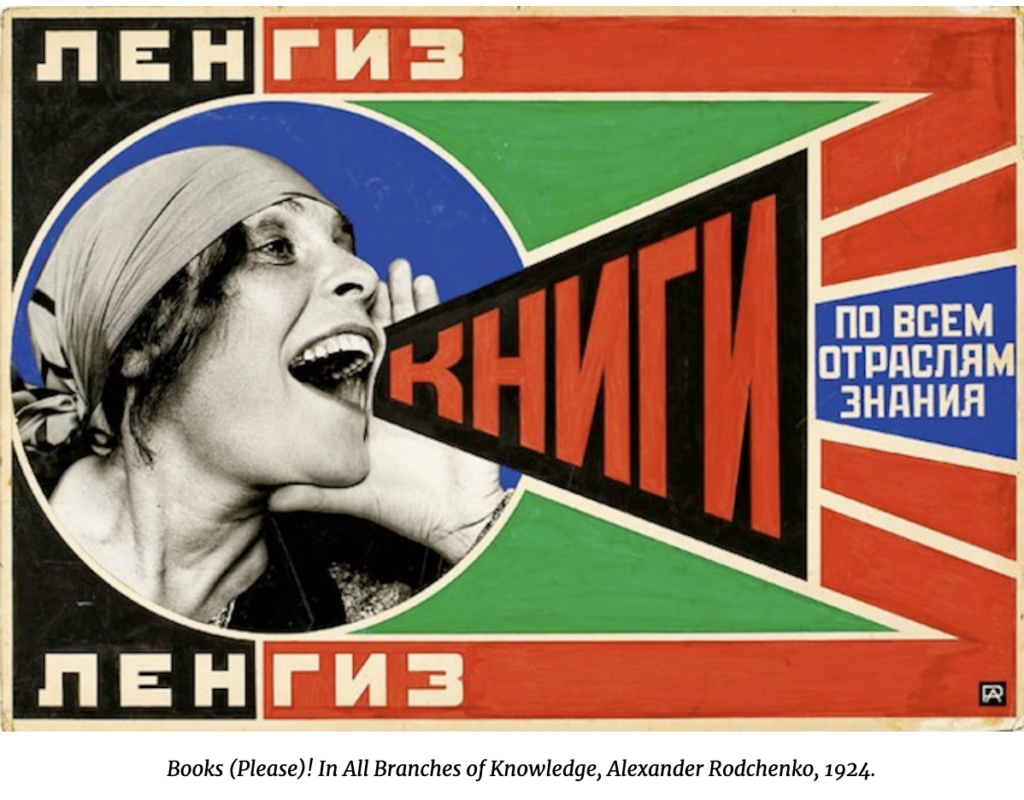
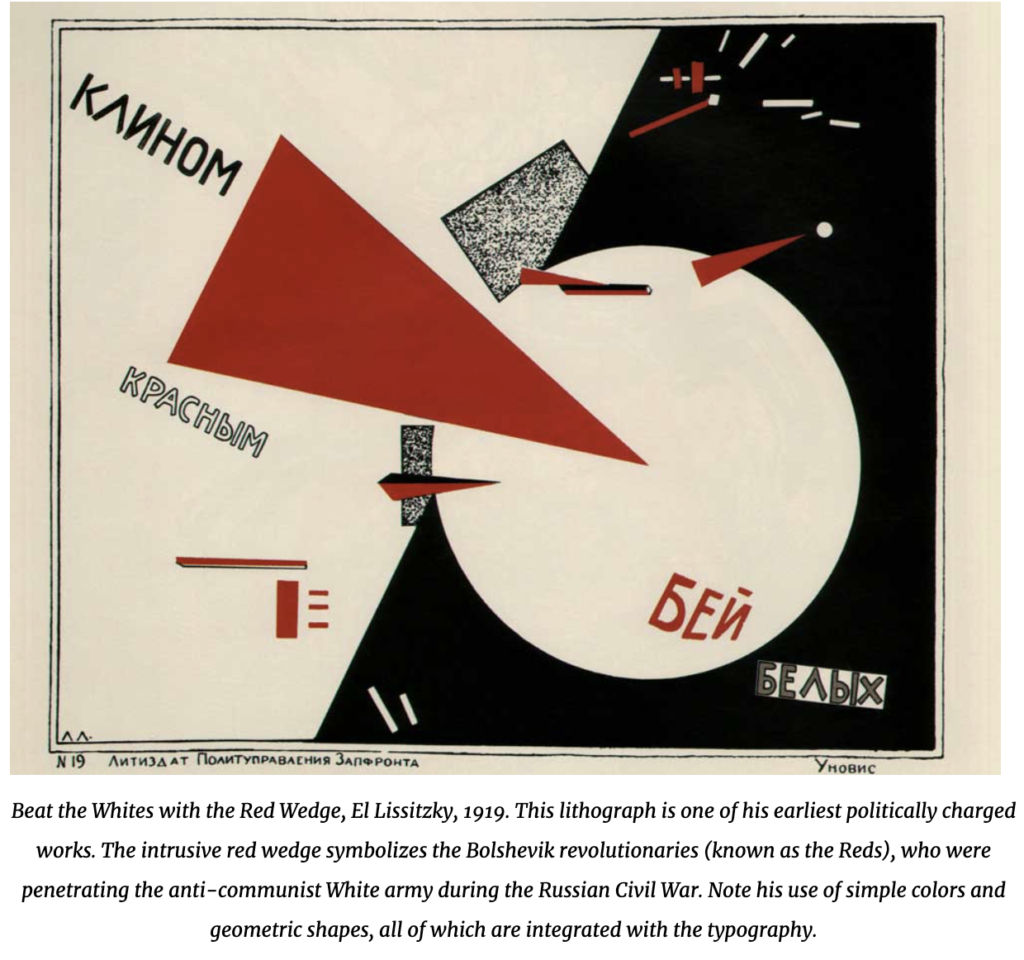
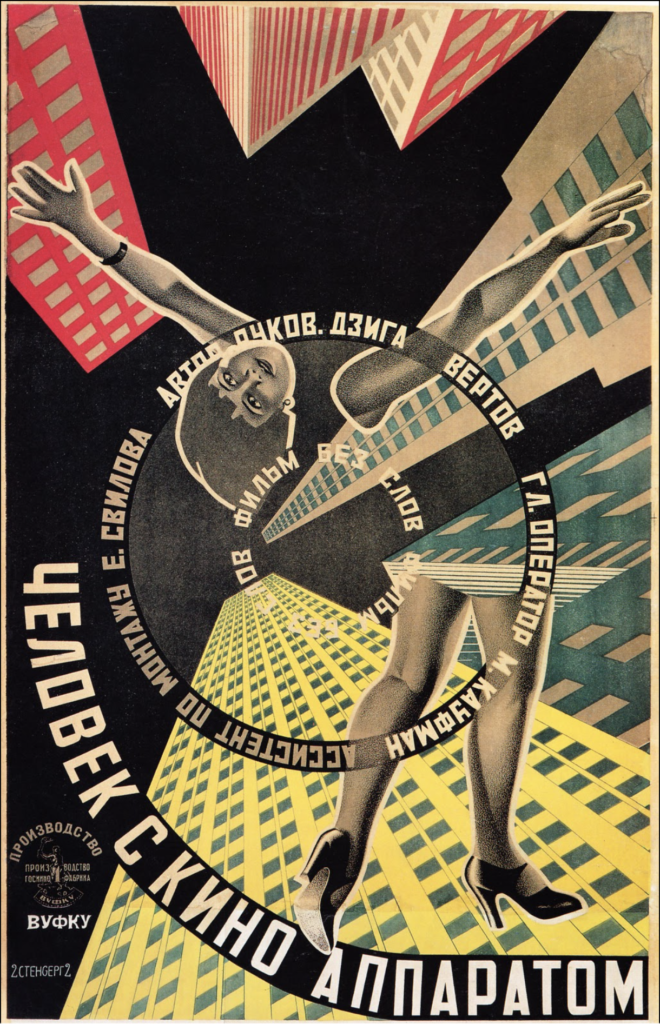
Movie poster for the experimental, avant-garde film Man With A Movie Camera, Vladimir and Georgii Stenberg, 1929.
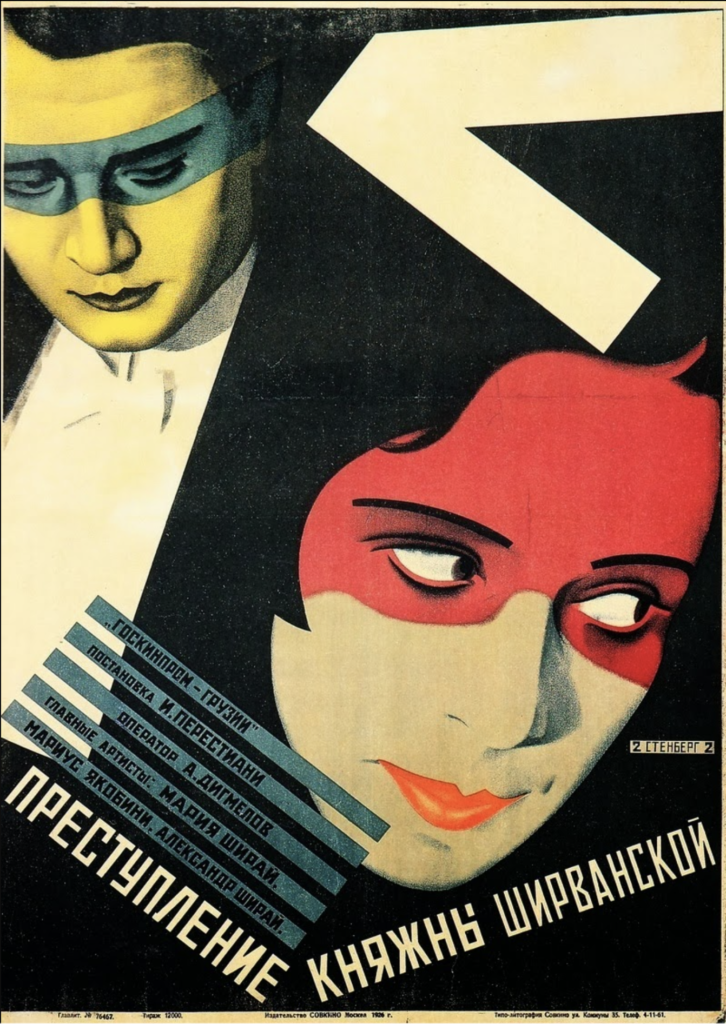
Movie poster for Countess Shirvanskaya’s Crime, Vladimir and Georgii Stenberg, 1926.
Contemporary art influenced by these styles:

MoMA poster redesigned in a Russian constructivist style, Lauren Wells, 2009.


We can see the use of geometry in these modern designs using the constructivist style.


No responses yet